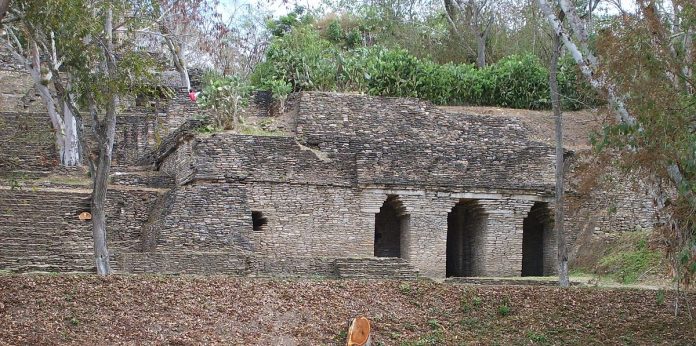What calamity could have happened at the dawn of the 10th century to this once influential city that today lies in ruin? The secrecy endures, though archeologists are categorical on unsure points. It was here, in Tonina, in the present-day state of Chiapas in Mexico, that the last traces of activity of the great Maya civilization have been found and recorded. The inscriptions and stele date back precisely to the year 909.
No one is proficient enough to say what happened after that. How did this ancient place, which boasted thirteen temples and eight palaces and had shown itself to be more resilient than its esteemed neighbors Palenque, Tikal, and Bonampak, come to be so viciously wiped out?

Somewhere between 909-1808, the remains of the city were comprehensively described for the first time by Guillermo Dupaix. He was an officer of French origin who, on the orders of King Carlos IV of Spain, yawned a gap of nine centuries. For once, the Spanish conquistadors, whose sensitivity to the native populations of Central America is well recognized, had little to reproach themselves with. By the time they arrived at the beginning of the 16th century,
Moreover, Tonina had already been dumped for a long, long time. It had not been ruined, following the deplorable custom beloved of conquering warriors and natural disasters alike, but simply abandoned and then devoured by the equatorial forest. It is as if the inhabitants had decided one fine morning to refuse their sacred royalty and the concept of the city-state, hitherto pillars of their political system, and to quit the city without delay in order to start a new life elsewhere.

Are there any links to the more than thirty years of drought around the turn of the tenth century that scientists have diagnosed for the relevant period? May the disparity between demographic development and the deterioration of arable land lie at the heart of this drama? If so, why would a civilization this well organized not simply reconstitute itself at a more constructive site?
Maybe these questions can be answered by contemplating the ancient stones of Tonina, engulfed by greenery a few miles from the city of Ocosingo, or by looking out for anything that can offer an insight into the past, such as the discovery in 2010 of a sarcophagus more than a thousand years old, or by entirely appreciating the outstanding thumbing of the nose by this lost civilization. Tonia is one of the very few in the history of humanity to have confounded generations of researchers.








